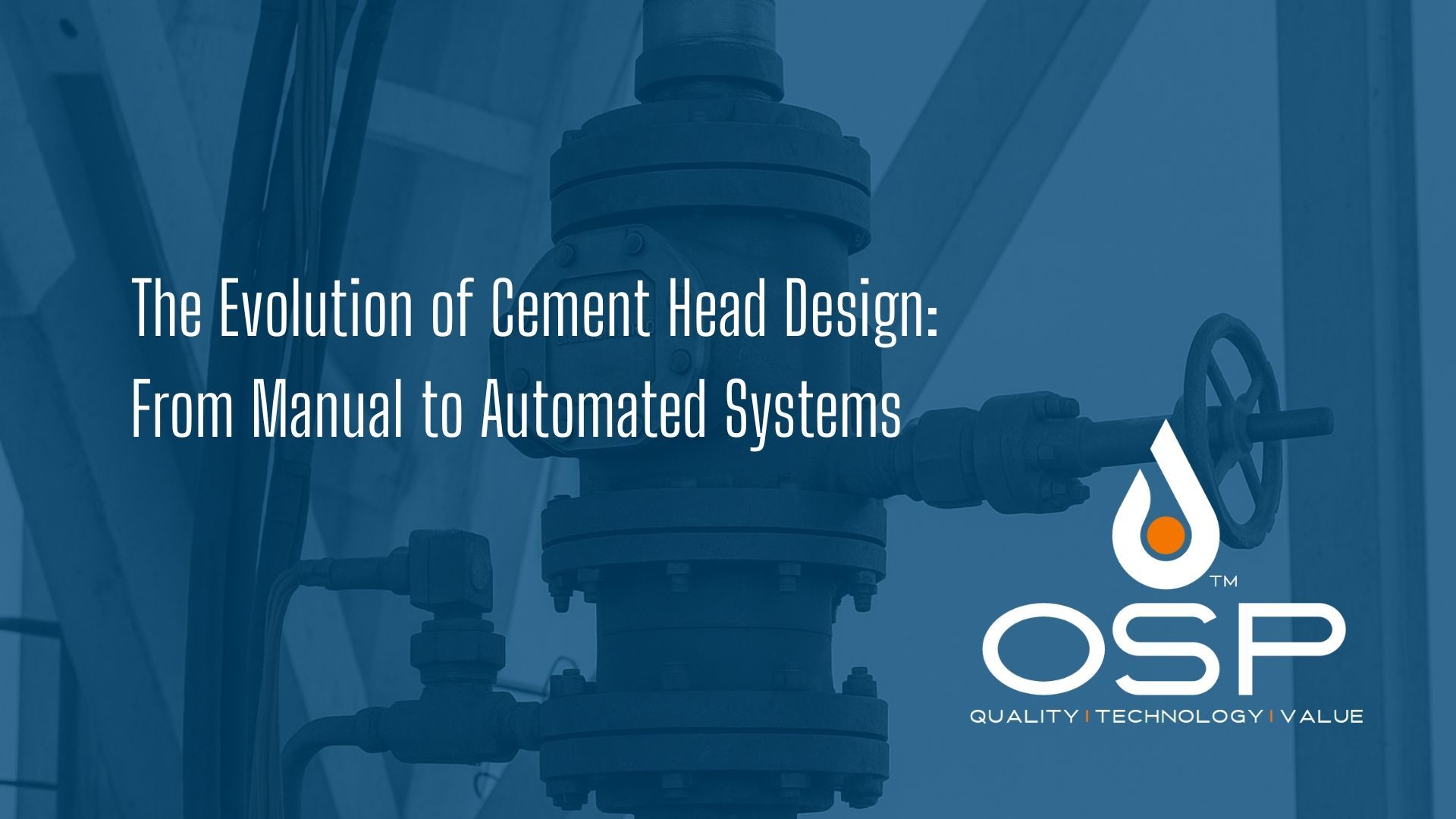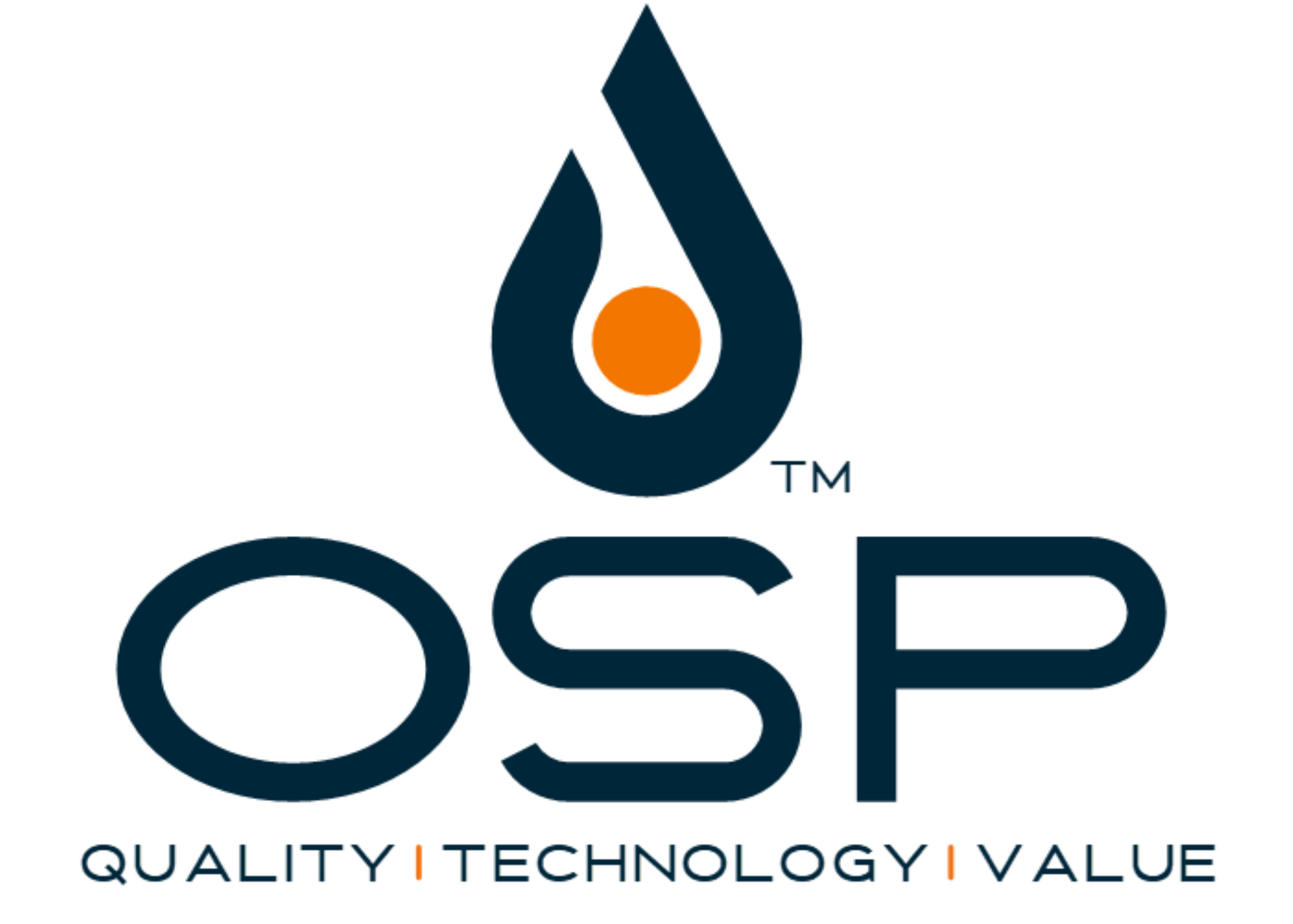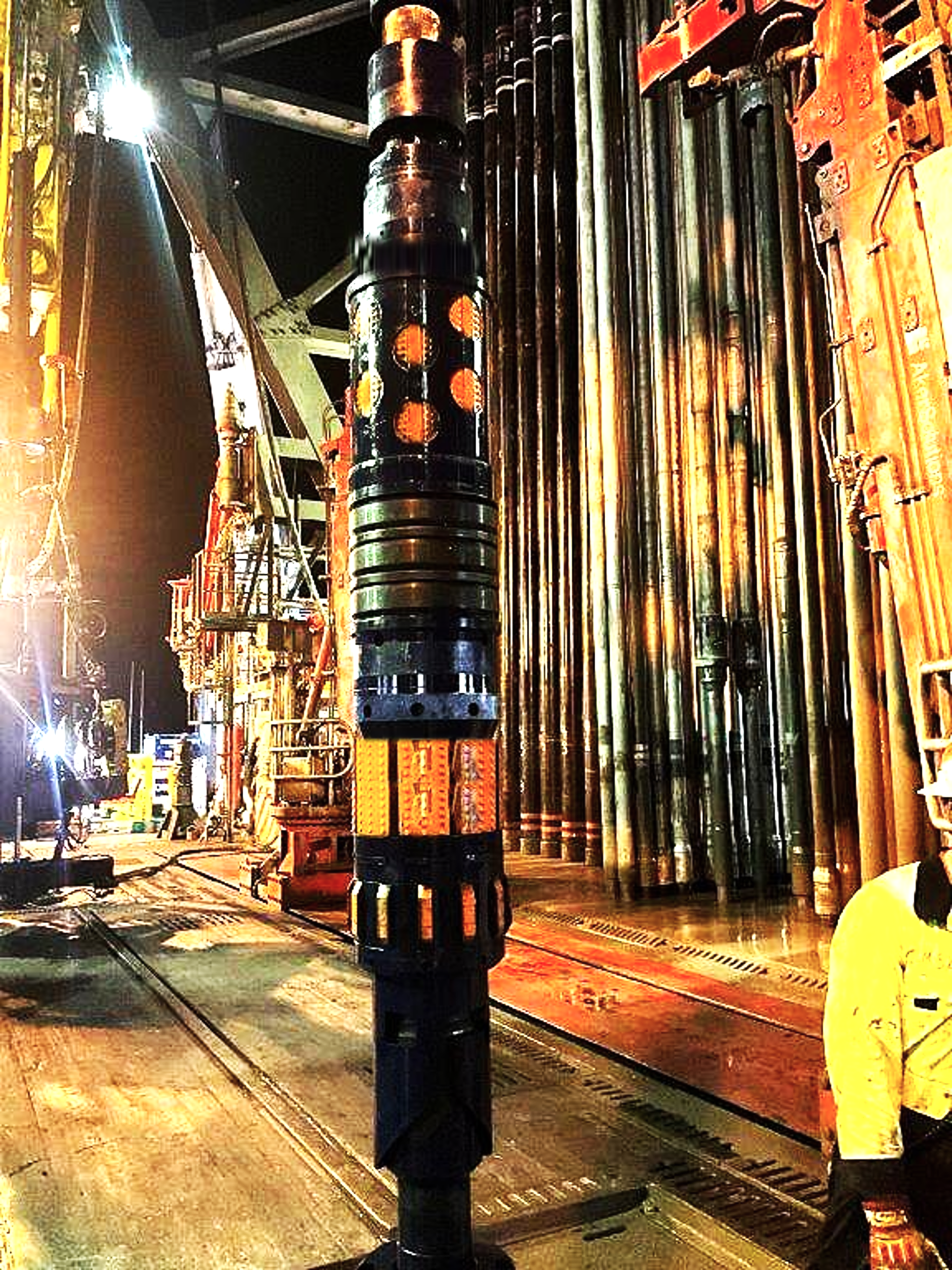How OSP's Innovative Technologies Are Enhancing Well Integrity and Reducing Operational Costs in the Gulf of Mexico
In the dynamic world of oilfield services, efficiency and cost-effectiveness are paramount. Oilfield Service Professionals, Inc. (OSP) has consistently demonstrated its commitment to these principles through innovative technologies and integrated solutions. One such success story is OSP's deployment of its Integrated Downhole Intervention Systems in the Gulf of Mexico, which has significantly enhanced well integrity while reducing operational costs for its clients.
Objectives and Challenges
The primary objective for OSP in this operation was to minimize the number of trips required to perform essential tasks such as wellbore cleanout, casing testing, hole hunting, and cement squeeze operations. By streamlining these processes into single-trip operations, OSP aimed to save rig time, reduce operational exposure, and cut down on personnel costs.
Integrated Solutions
OSP utilized its state-of-the-art CleanPro™ Casing Scraper and NEXUS™ Integral Bypass Packer to execute wellbore cleanout and pressure test requirements in a single trip. This integration allowed for a more efficient workflow, reducing the overall time spent on these operations.
During the pressure testing phase, a leak path was identified in the casing. OSP promptly initiated hole hunting operations to locate the precise point of the leak. Once located, the SqueezePro™ Composite Cement Retainer was deployed to perform a block squeeze, effectively isolating the leak. After successful squeeze operations, the casing was tested, and drill-out operations of the SqueezePro™ Composite Cement Retainer were completed in under 26 minutes.
Results and Value to Clients
The implementation of OSP’s integrated technologies provided substantial benefits to the client:
- Cost Savings and Reduced Rig Time: By combining multiple operations into single-trip solutions, OSP significantly reduced the rig time required for wellbore cleanout, casing testing, and cement squeeze operations. This reduction in rig time translates directly into cost savings for the client.
- Enhanced Well Integrity: The precise placement of cement and the thorough cleanout of the wellbore ensured maximized wellbore integrity, which is critical for the longevity and safety of the well.
- Operational Efficiency: OSP's Multi-Service Specialists are trained to operate all OSP technologies, eliminating the need for additional personnel and thereby reducing personnel on board (POB) and associated costs.
Conclusion
OSP's success in the Gulf of Mexico highlights the effectiveness of its Integrated Downhole Intervention Systems. By focusing on reducing trips, enhancing well integrity, and cutting costs, OSP has set a benchmark for operational efficiency in the oilfield services industry. Their innovative approach not only meets the immediate needs of their clients but also sets the stage for long-term reliability and success.
For more information on OSP’s services and how they can benefit your operations, contact Oilfield Service Professionals, Inc. at sales@go-osp.com.
Eliminating Downtime in HPHT Wells: How OSP’s Modular Drillable Barriers Are Solving Costly Deepwater Challenges
Meeting the Demands of Modern Wells
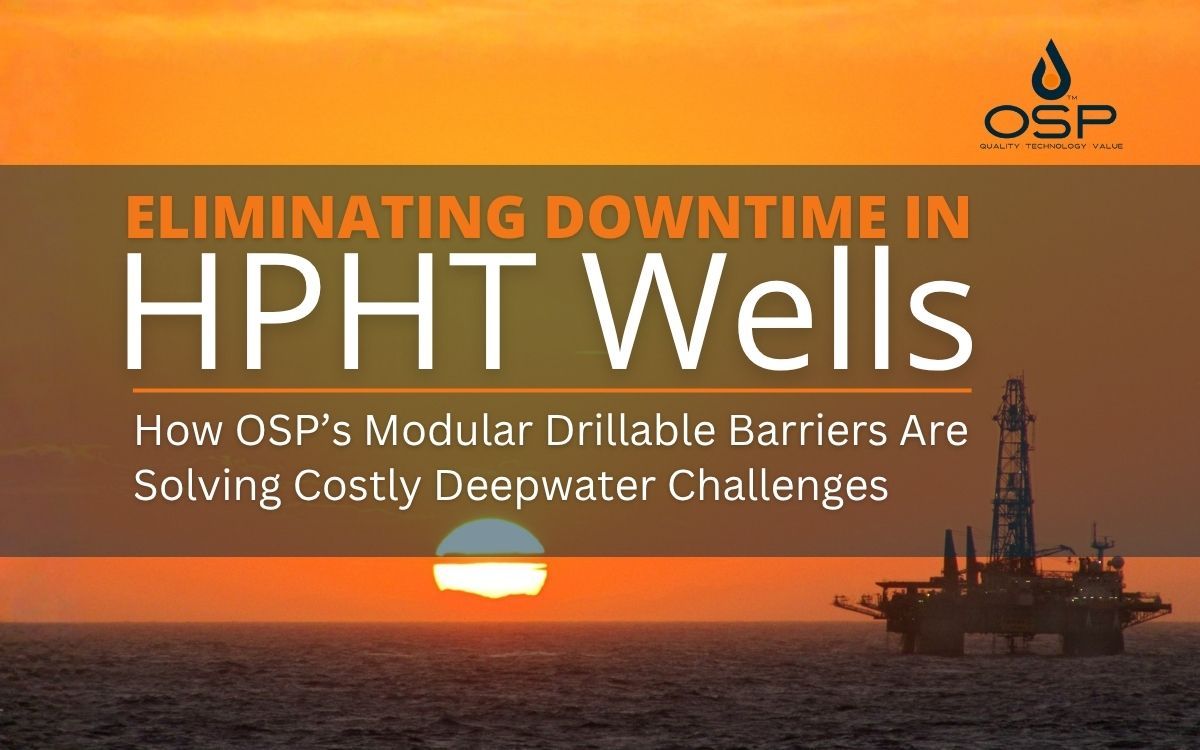
When Downtime Becomes the Real Enemy
In deepwater drilling, operators often talk about pressure, temperature, and depth as the ultimate tests of a well. But ask any drilling manager where the real pain lies, and you’ll often hear a different answer: non-productive time (NPT).
Every hour of rig time offshore costs tens to hundreds of thousands of dollars. When conventional drillable barrier systems fail to hold under high-pressure, high-temperature (HPHT) conditions, the price is steep: sidetracks, delayed completions, and strained budgets.
This is the problem Oilfield Service Professionals (OSP) set out to solve. The result is a suite of modular, field-proven tools BarrierPro™, SqueezePro™, and MultiPro™ engineered specifically for HPHT environments. By addressing the core limitations of traditional systems, OSP is helping operators reclaim efficiency, reduce risk, and protect margins.
The Pain Points of Conventional Systems
Operators drilling into the Lower Tertiary Gulf of America (GoA) or similar HPHT environments face a consistent set of challenges:
- Unreliable conveyance through Tieback Receptacles (TBR): Conventional plugs often struggle to pass-through casing ID transitions, leading to poor isolation.
- Limited adaptability: Most systems are designed for narrow use cases, forcing operators to carry large inventories of specialized BHAs.
- High drill-out times: Ferrous-heavy designs increase flat time during plug removal.
- Premature setting risks: Complex geometries can trigger failures before plugs reach depth.
The operational consequences are significant: costly contingency sidetracks, delayed production, and increased HSE exposure.
The Solution: A Modular, Field-Tested Suite
BarrierPro™ – Reliability at Depth
BarrierPro™ is a cast-iron retainer/bridge plug rated to API 11D1-V3 for 15,000 psi differential pressure. Its enhanced slip-retention system eliminates the need for composite bands or slotted segments, enabling superior anchoring and performance in HPHT wells.
Key benefits:
- Dependable sealing in complex high pressure environments
- Reliable conveyance through TBR transitions.
- Qualified barrier at 15,000 psi differential.
- Seamless integration with OSP’s MultiPro™ setting platform.
SqueezePro™ – Cement Assurance Simplified
For cement remediation and annulus repair, SqueezePro™ offers semi- and fully-composite designs that deliver sealing integrity while dramatically reducing drill-out times.
Key benefits:
- Rapid drill-out, reducing rig time.
- Reliable isolation for cementing operations.
- Seamless integration with OSP’s MultiPro™ setting platform.
MultiPro™ – Deployment Versatility
The MultiPro™ system is a field-convertible setting platform. Compatible with mechanical, hydraulic, and wireline deployment, it reduces tool OD and length for easier clearance through tight geometries.
Key benefits:
- One system adaptable across casing sizes and grades.
- Inventory simplification.
- Improved annular clearance and faster drill-out efficiency.
Case Study 1: 31,000-ft Micro-Annulus Remediation
An operator in the Gulf of America faced severe micro-annulus issues in a 15,000 psi-rated well at 31,000 ft. Traditional tools had repeatedly failed to seal across TBR transitions.
OSP solution:
- Deployed BarrierPro™ with custom centralizer to ensure smooth passage through restrictions.
- Achieved a successful set at 31,000+ ft.
- Barrier passed API 11D1-V3 validation testing.
Results:
- Single-trip remediation completed successfully.
- NPT reduced significantly.
- Well integrity restored without sidetrack.
Case Study 2: Record-Setting 34,000-ft Barrier Installation
In another GoA project, an operator attempted to install a barrier at 34,000 ft—a record-setting depth with more than 850 premium casing connections. Competing tools had failed repeatedly.
OSP solution:
- Deployed BarrierPro™ Hydra-Set™ with CleanPro™ scraper.
- Combined scraper and barrier deployment in a single trip.
Results:
- First successful barrier set at 34,000 ft.
- Post-installation test exceeded 10,000 psi.
- No seal or setting failures.
- Operator avoided contingency sidetrack and costly delays.
The Value Delivered
The OSP Drillable Technology Suite provides measurable operator benefits:
- Reduced NPT: Faster deployment and drill-out save rig time.
- Risk Mitigation: Reliable sealing reduces likelihood of remedial work.
- Inventory Simplification: Modular system lowers logistical burden.
- Operational Flexibility: Multiple deployment options accommodate unpredictable downhole environments.
- Proven Reliability: Field data validates performance in the most extreme HPHT wells.
Turning Downtime into Uptime
The industry can’t afford the inefficiencies of legacy barrier systems. With field-proven tools like BarrierPro™, SqueezePro™, and MultiPro™, OSP delivers what operators need most: reliable performance in the harshest environments, fewer unplanned trips, and measurable reductions in NPT.
In short, OSP is transforming downtime into uptime, protecting both well integrity and operator economics in HPHT drilling.

